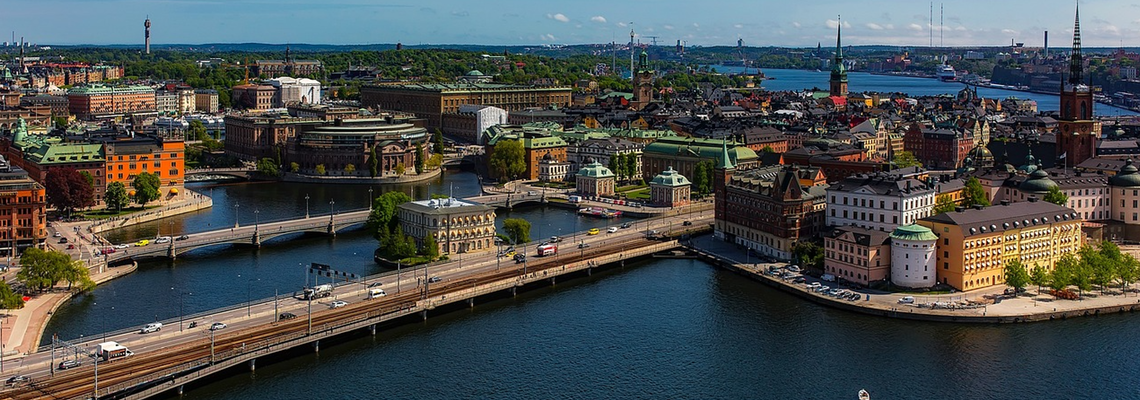
Stockholm dares to ban combustion engines from 2025!
Stockholm is the first city in Europe to ban combustion engines from part of the city centre with a comprehensive zero-emission zone. After persistent protests prevented such a ban zone in the historic old town of Gamla Stan, the so-called "Low Emission Zone 3" for the city centre is now a done deal.
From the end of 2024, only electric cars and low-emission gas-powered vehicles will be allowed to drive in part of Stockholm's city centre. Low emission zone 3 will be established between the central streets of Kungsgatan, Birger Jarlsgatan, Hamngatan and Sveavägen. This means that the zone covers 20 blocks in Stockholm city centre. The four main streets themselves are not affected.
Lars Strömgren, City Councillor for Transport, is primarily concerned with the health of citizens when introducing the new driving ban: "Nowadays, the air in Stockholm causes babies to have sick lungs and elderly people to die prematurely". He is also concerned about climate change and reducing emissions, as well as the city's image. Stockholm should become healthier, greener and more liveable again.
The affected area is the one in which most delivery vehicles travel in Stockholm. The introduction of driving bans and the switch to electric delivery vans will not only make transport cleaner and more sustainable, but also quieter. This means that deliveries can also be made flexibly outside the usual times of day. However, for the many suppliers and businesses that rely on regular deliveries, the introduction of the zone initially means a major change that can be associated with high costs.
The opposition criticises the Green government's speed in introducing the low emission zone. It points to the decline in emissions since 2010, with the transport sector now emitting 34 per cent fewer emissions in comparison. Meanwhile, the government is already talking about extending the zone in 2025.
If the zone is a success, Stockholm could become the symbol of a new combustion-free era. As the first courageous European capital with a larger combustion ban zone, it would become a role model for cities that want to put an end to cities dominated by dirty and noisy cars.
